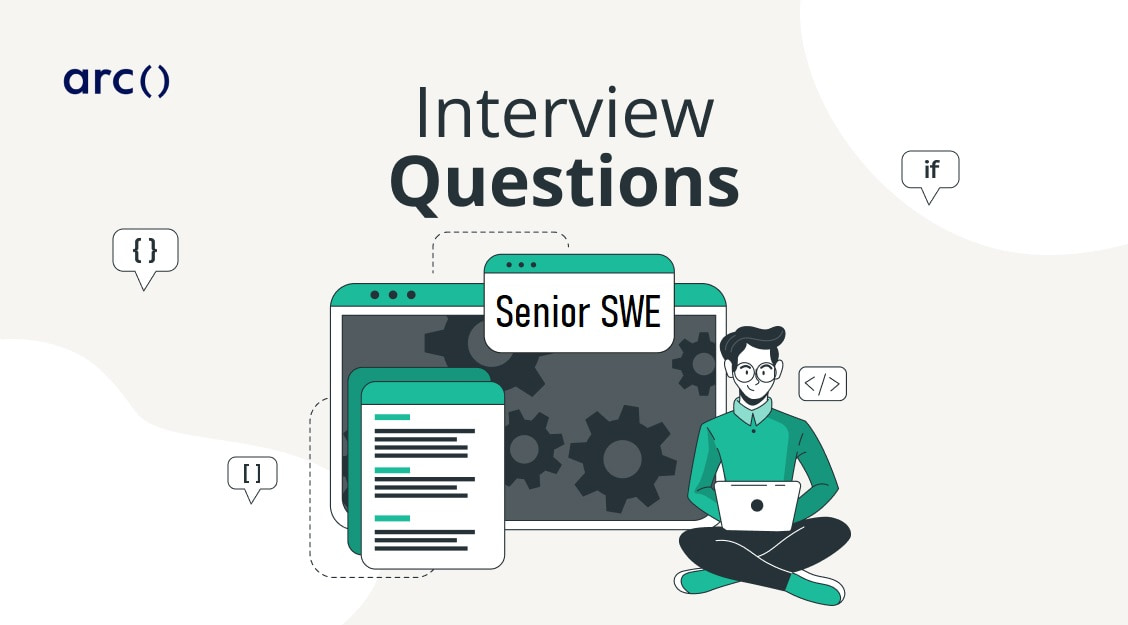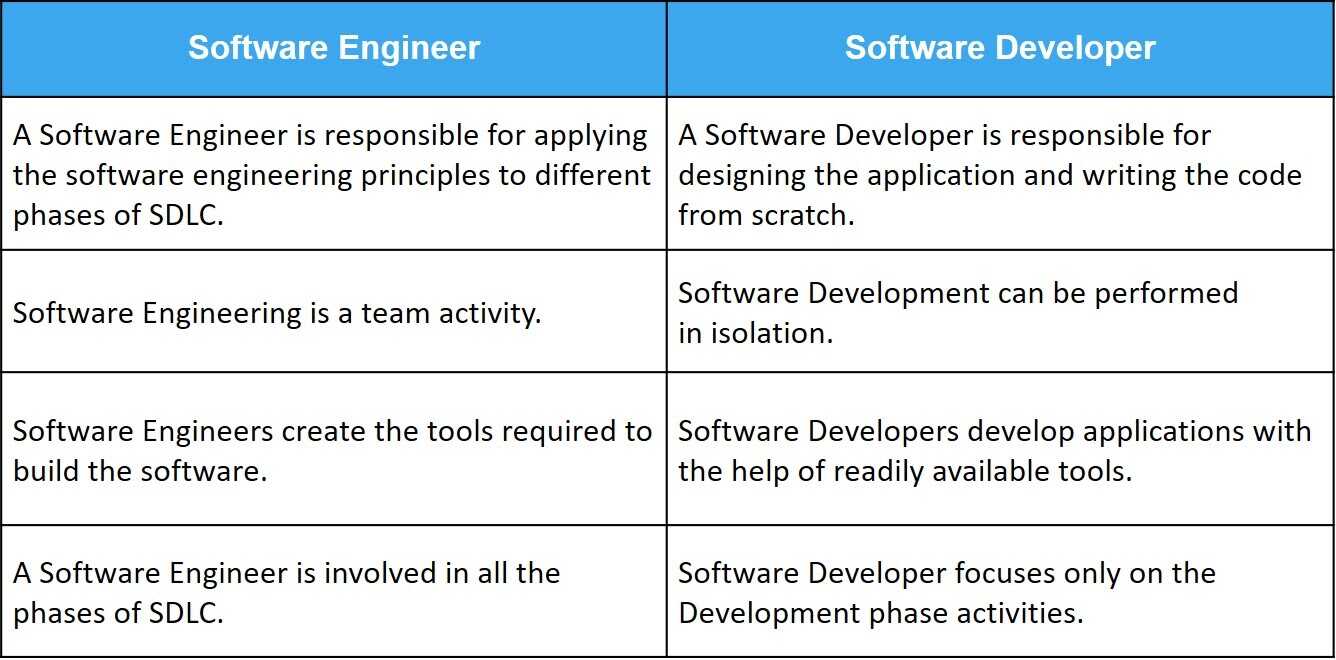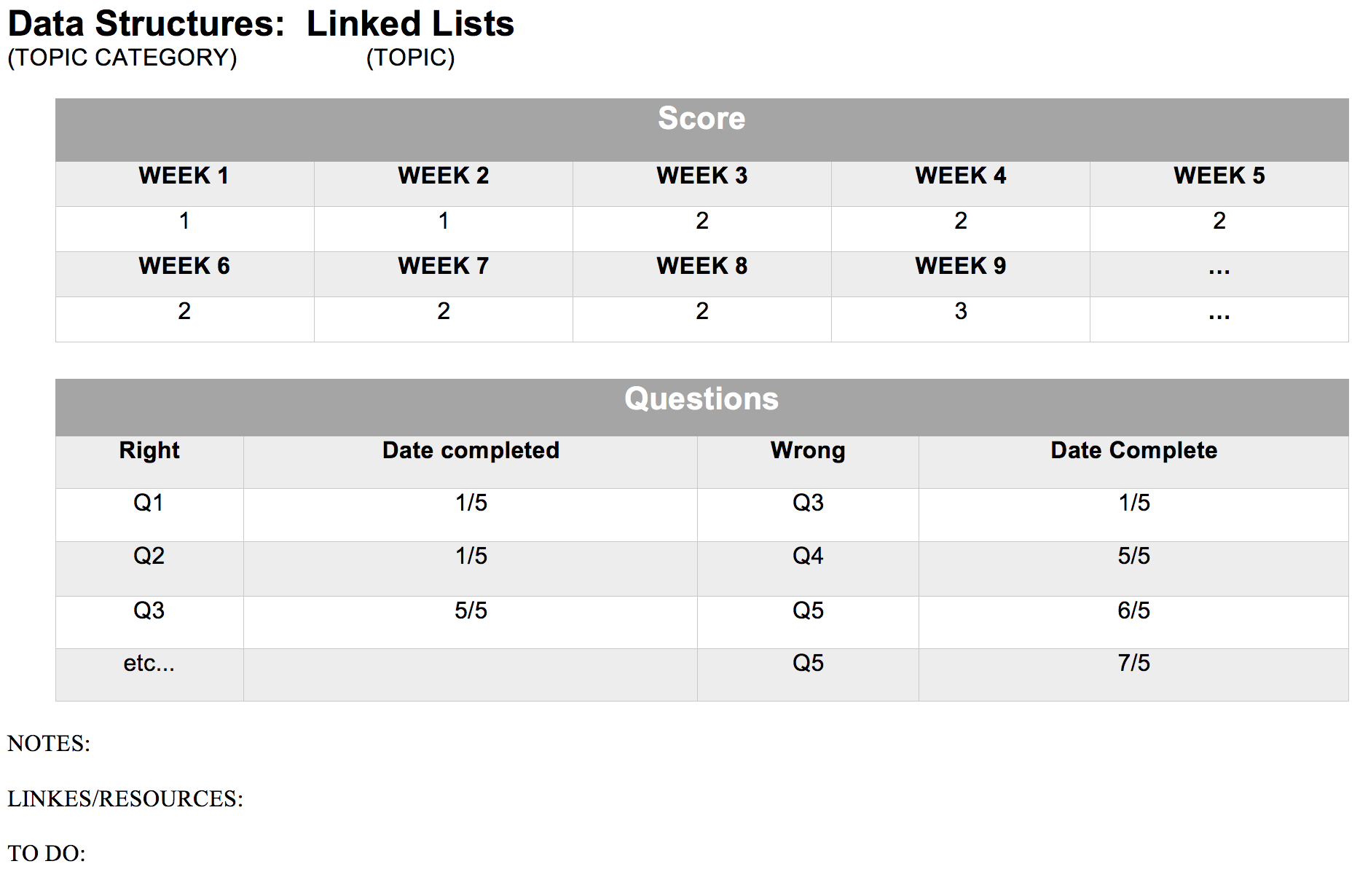All Categories
Featured
Table of Contents

[/image][=video]
[/video]
It is a crucial facet of software application engineering since bugs can cause a software program system to malfunction, and can lead to inadequate performance or incorrect results. The Usefulness Study in Software Application Engineering is a research that evaluate whether a suggested software application task is sensible or not.

This reduces the possibility of project failing that also save time and cash. For more details, please describe the adhering to write-up Sorts of Usefulness Research Study in Software Task Growth article. An use case layout is a behavior representation and envisions the evident interactions between stars and the system under advancement.
It does not entail carrying out the code. It always includes carrying out the code. Verification makes use of methods like examinations, testimonials, walkthroughs, and Desk-checking, and so on.

Confirmation is to inspect whether the software program adapts specifications. Validation is to examine whether the software application satisfies the consumer's expectations and requirements. It can capture mistakes that recognition can not capture. It can capture mistakes that verification can not catch. Target is needs spec, application and software application architecture, high level, total design, and data source layout, etc.
Google Software Engineer Interview Process – What To Expect In 2025
Verification is done by QA group to ensure that the software program is as per the specifications in the SRS record. Validation is accomplished with the participation of the screening teamIt generally precedes done prior to validation. It normally complies with after confirmation. It is low-level workout. It is a Top-level Workout.
Besides activities related to a specific phase are achieved, the phase is total and acts as a standard for following phase. For more details, please refer to the complying with article Cohesion suggests the relative practical capability of the component. Aggregation modules require to connect less with other areas of other parts of the program to perform a single task.

Cohesion is a dimension of the practical toughness of a module. A component with high cohesion and low combining is functionally independent of various other components. Here, functional independence suggests that a cohesive component performs a single procedure or feature. The coupling means the overall association in between the components. Combining counts on the details provided through the user interface with the intricacy of the interface between the modules in which the reference to the area or component was produced.
The degree of combining in between 2 components depends on the complexity of the interface. The active SDLC model is a mix of iterative and incremental process designs with an emphasis on process versatility and consumer satisfaction by fast distribution of functioning software program items.
Every iteration involves cross-functional groups functioning at the same time on numerous areas like preparation, demands evaluation, layout, coding, device testing, and acceptance testing. Client fulfillment by quick, constant shipment of useful software application.
How To Get A Software Engineer Job At Faang Without A Cs Degree
Even late changes in needs rate. For even more information, please refer to the adhering to write-up Software Engineering Agile Growth Models. Quality Assurance (QA) Quality Assurance (QC) It concentrates on providing guarantee that the high quality requested will certainly be achieved. It focuses on meeting the high quality requested. It is the method of taking care of high quality.
It does not include the execution of the program. It always includes the execution of the program. It is a supervisory tool. It is a rehabilitative device. It is process-oriented. It is product-oriented. The purpose of quality control is to avoid issues. The goal of high quality control is to identify and boost the issues.
It is a corrective technique. It is a positive measure. It is a responsive measure. It is accountable for the complete software program advancement life process. It is in charge of the software screening life cycle. Instance: VerificationExample: Validation The Spiral Model is a model that offers a methodical and repetitive technique to software advancement.
The exact variety of loops of the spiral is unknown and can vary from task to project. Each loop of the spiral is called a of the software program growth process. Spiral ModelFollowing are the disadvantages of spiral version: Can be a pricey version to utilize. Risk evaluation calls for very particular knowledge.
The RAD model is a kind of incremental process version in which there is a succinct growth cycle. The RAD design is made use of when the needs are fully recognized and the component-based building strategy is adopted.
Projects stop working if developers and customers are not dedicated in a much-shortened timespan. Troublesome if a system can not be modularizedFor more information, please describe the complying with post Software program Engineering Rapid Application Development Model (RAD). Regression testing is defined as a sort of software application screening that is made use of to validate that recent adjustments to the program or code have not adversely affected existing functionality.
The Ultimate Software Engineer Interview Prep Guide – 2025 Edition

Guarantees that after the last code modifications are completed, the above code is still valid. For more details, please refer to the complying with write-up CASE stands for Computer-Aided Software application Engineering.
It is a software program plan that assists with the style and deployment of details systems. It can tape-record a database layout and be quite valuable in making certain design uniformity.
It discusses the finest approach to execute the organization tasks of the system. Furthermore, it includes the physical application of tools and data required for the business processes. To put it simply, physical DFD contains the implantation-related details such as hardware, individuals, and various other exterior parts required to run the company processes.
: This blog post offers a detailed listing of dynamic programs patterns, enabling you to take on various types of dynamic programming troubles with simplicity. Research these patterns to enhance your analytical abilities for DP questions.: This blog site consists of a collection of tree-related issues and their services.
: This GitHub repository provides an extensive collection of system style concepts, patterns, and interview inquiries. Utilize this source to discover concerning massive system layout and prepare for system design meetings.: This GitHub repository, likewise recognized as "F * cking Formula," uses a collection of high-grade algorithm tutorials and information structure explanations in English.
: This Google Doc supplies a listing of topics to examine for software engineering meetings, covering data structures, formulas, system style, and other vital principles.
How To Answer System Design Interview Questions – A Step-by-step Guide
: This book covers a wide range of topics related to software program design meetings, with a focus on Java. It's crucial that you understand the different phases of your software program designer meeting procedure with Amazon. Below's what you can anticipate: Resume screening HR recruiter e-mail or call On the internet evaluation Interview loophole: 4meetings First, employers will look at your resume and evaluate if your experience matches the open setting.
Latest Posts
The Best Websites To Practice Coding Interview Questions
Sql Interview Questions Every Data Engineer Should Know
Test Engineering Interview Masterclass – Key Topics & Strategies